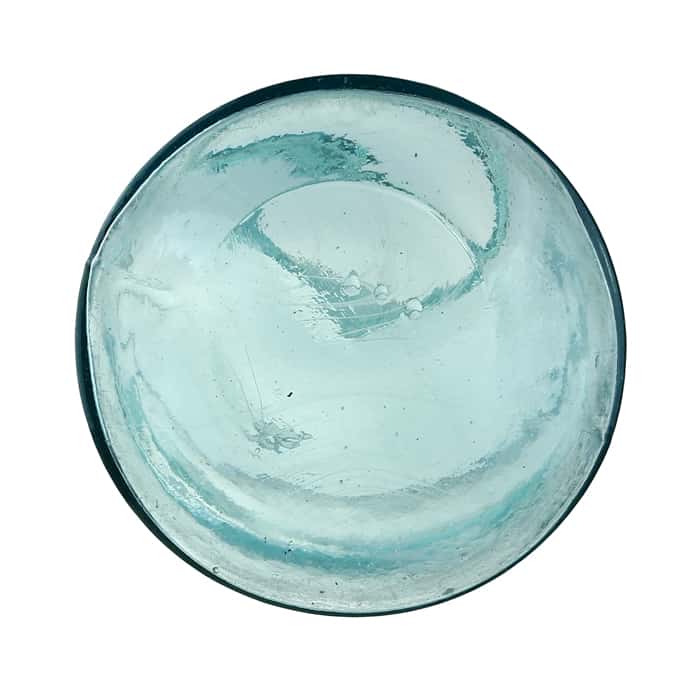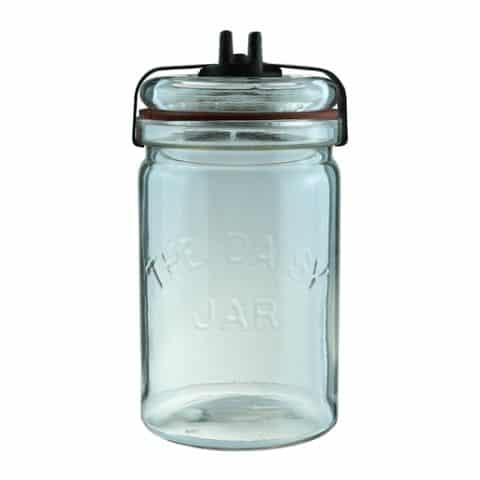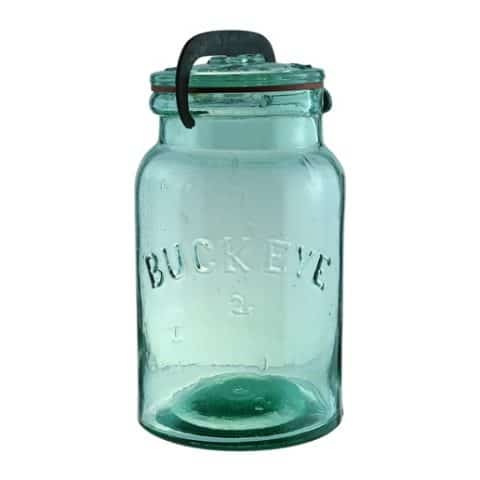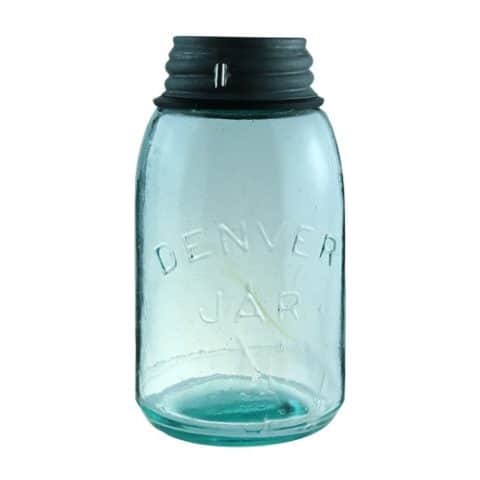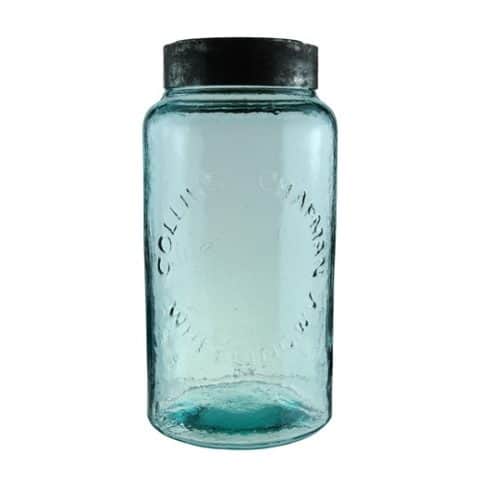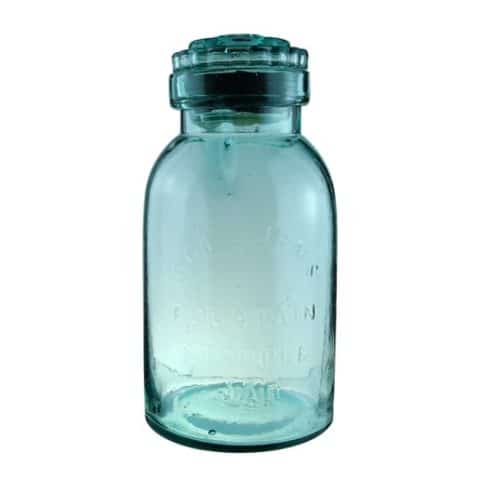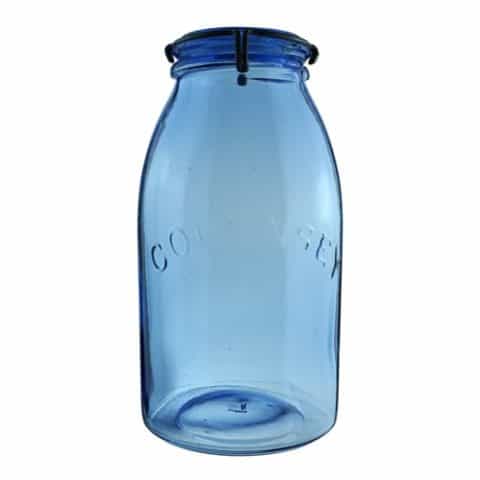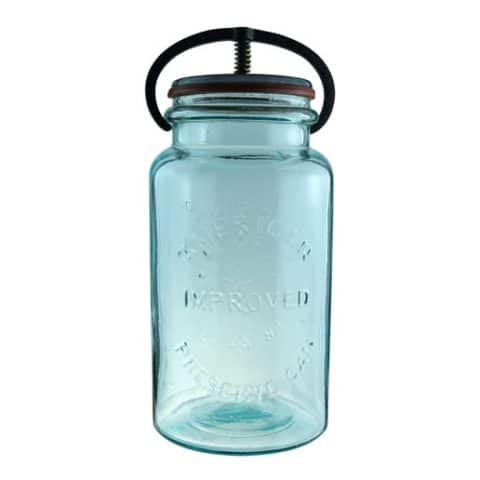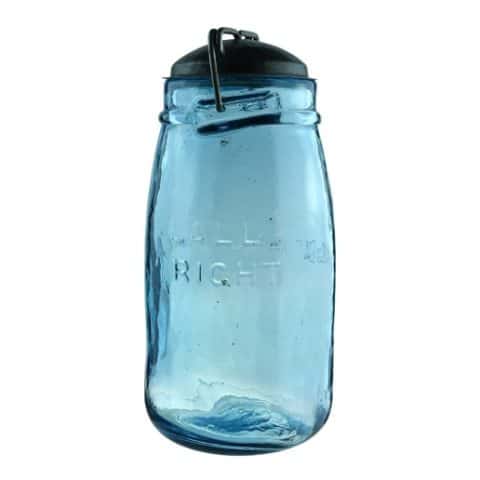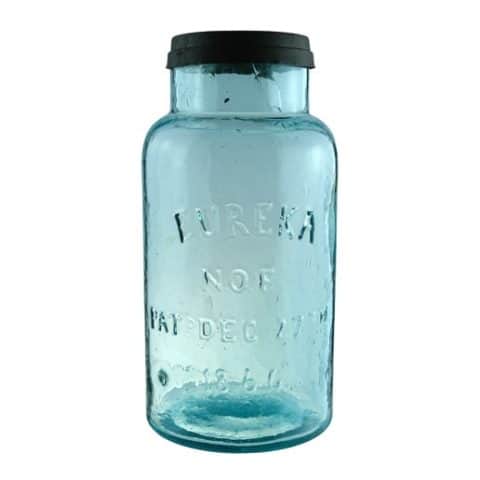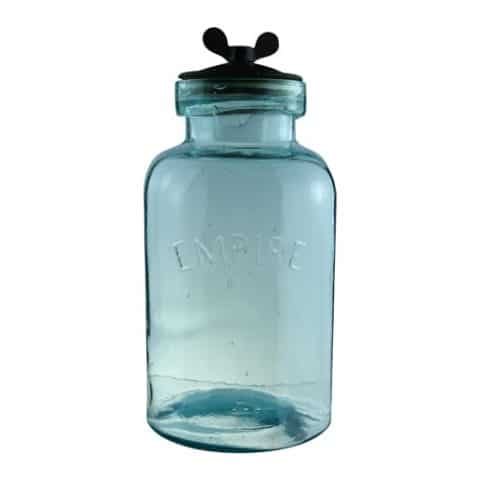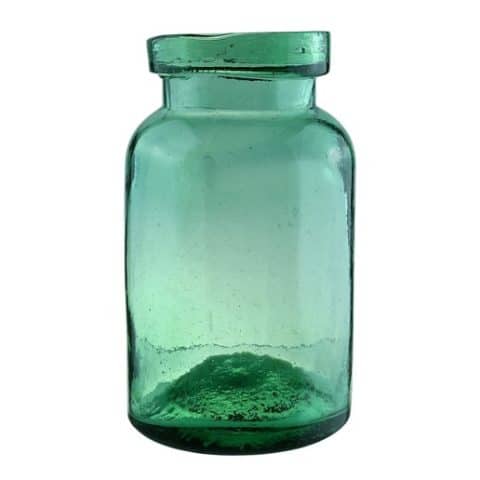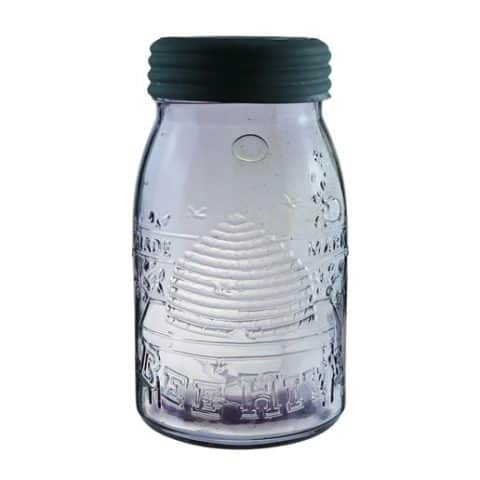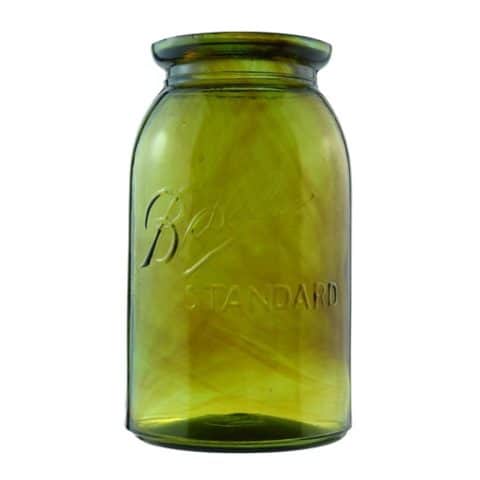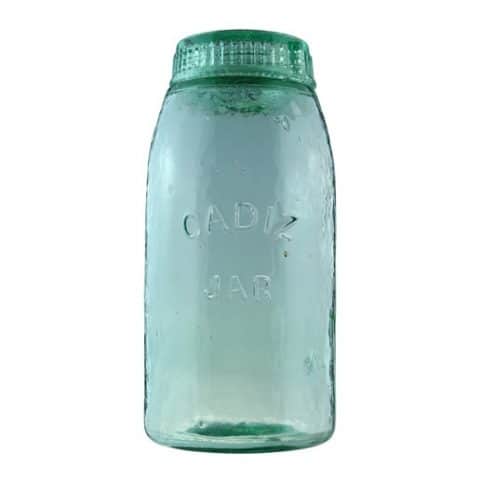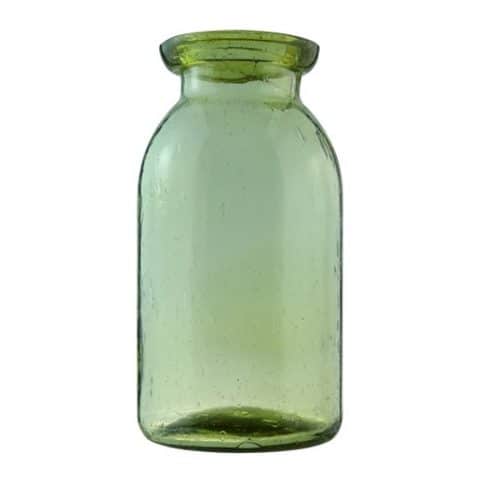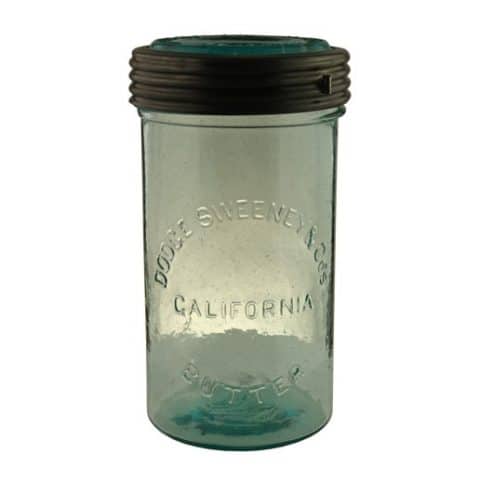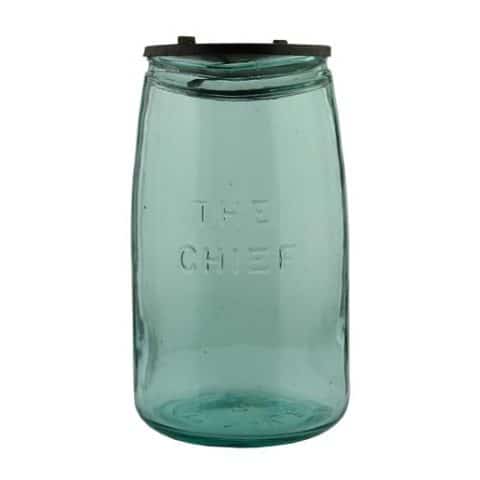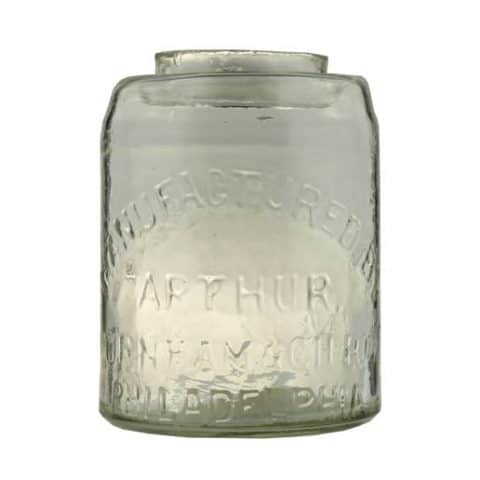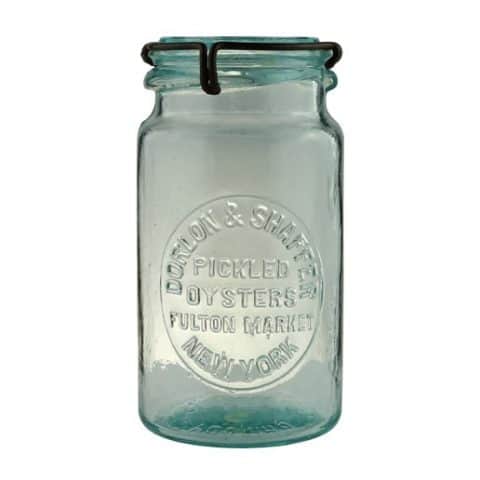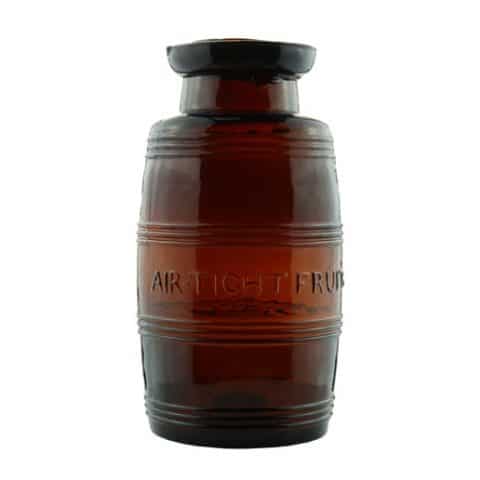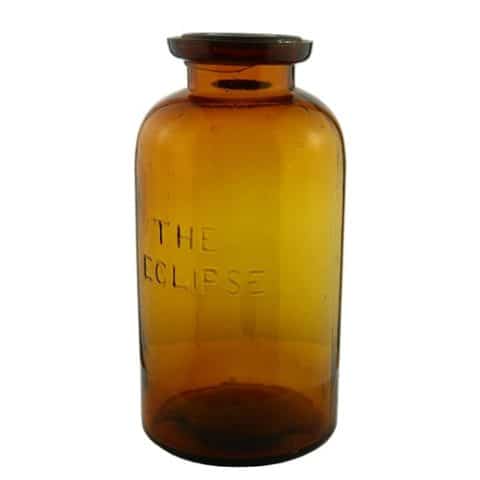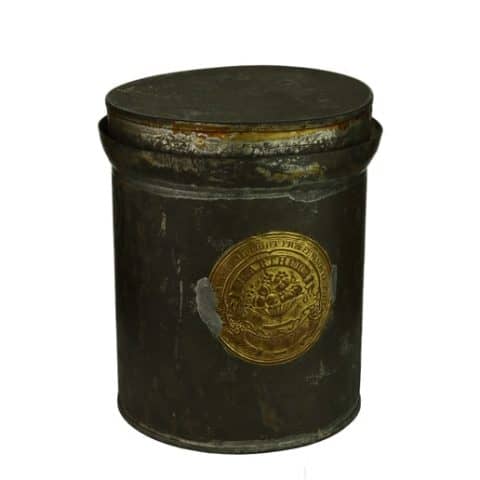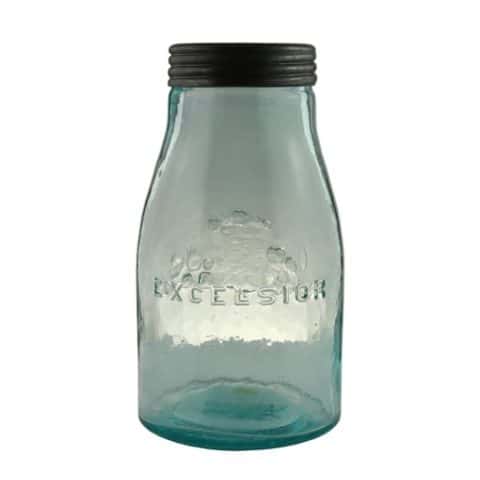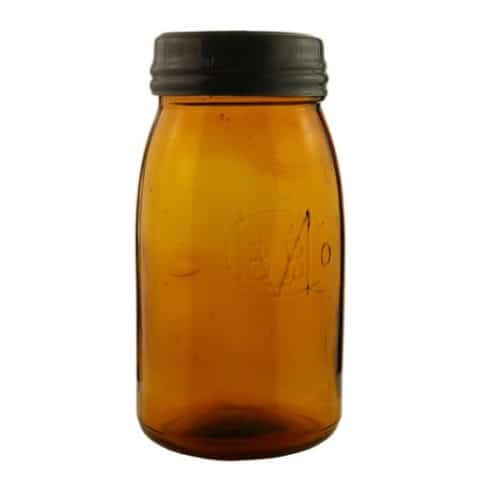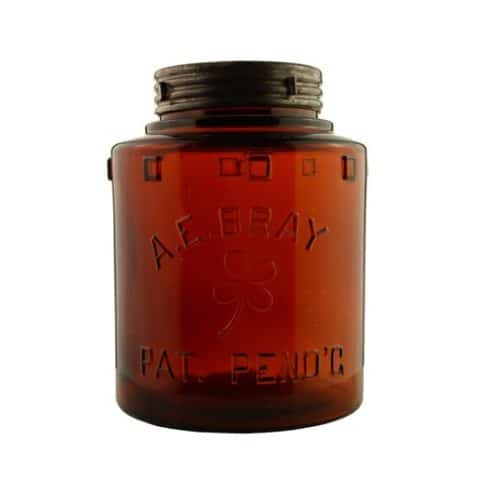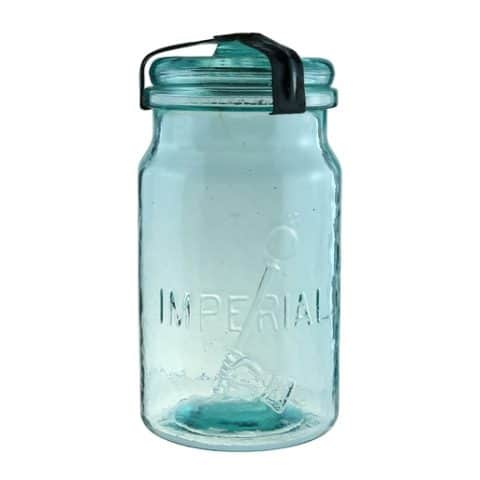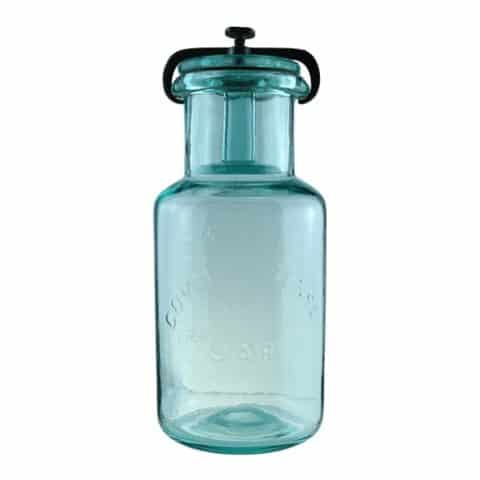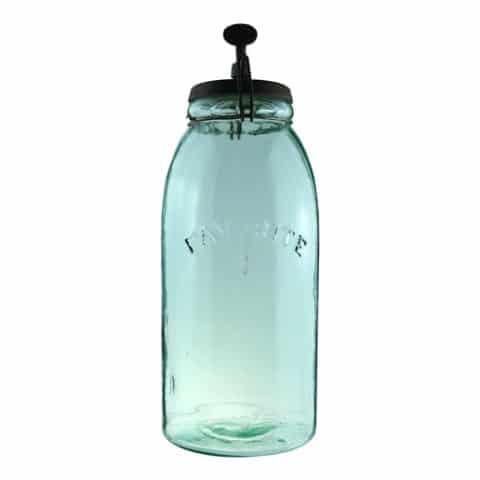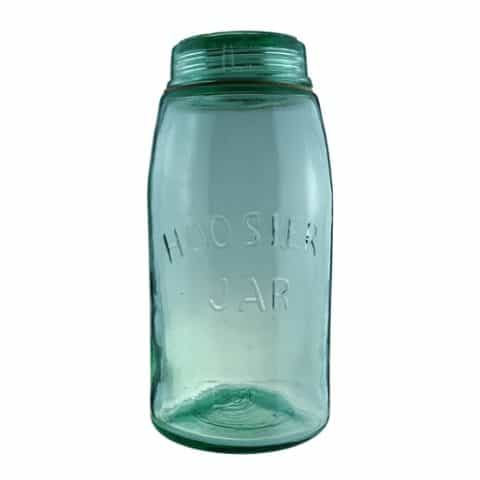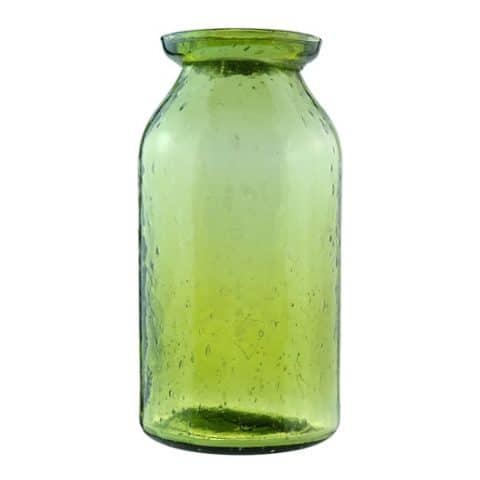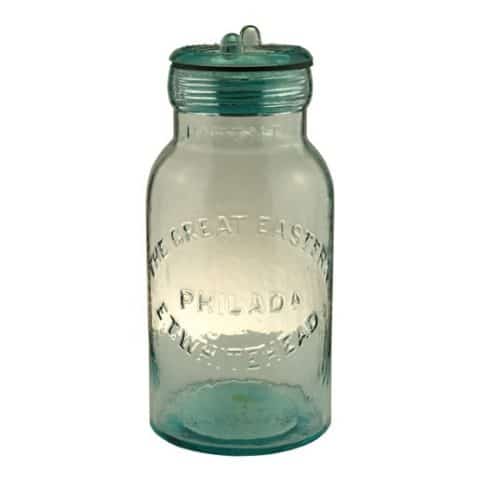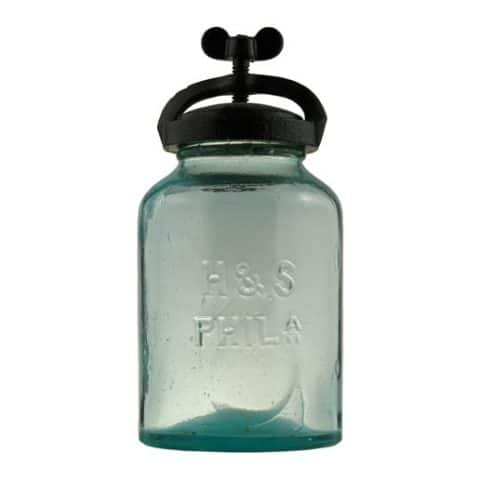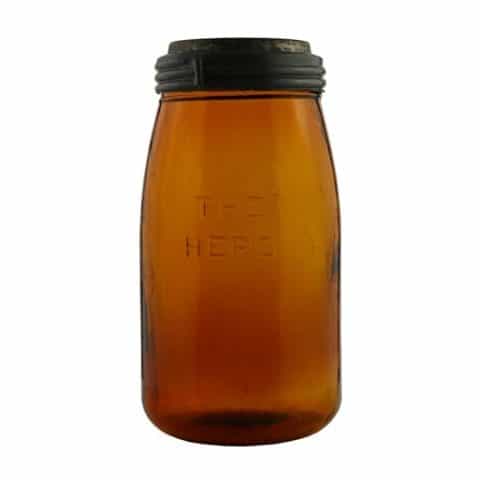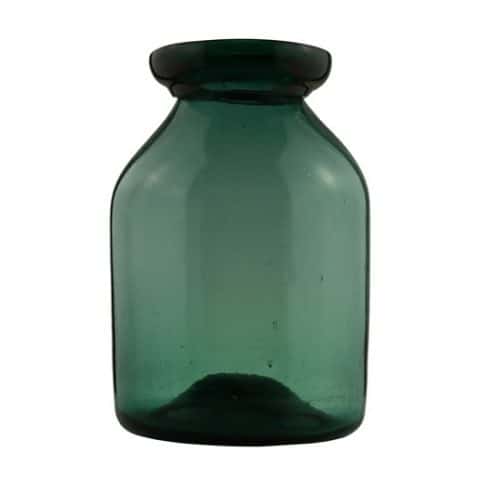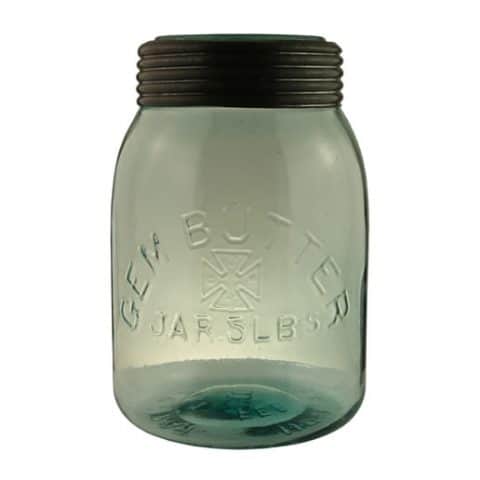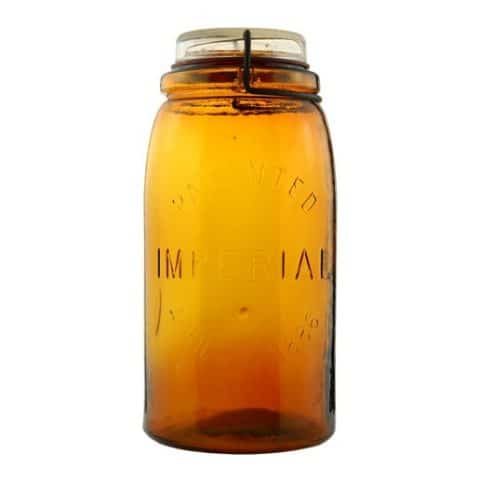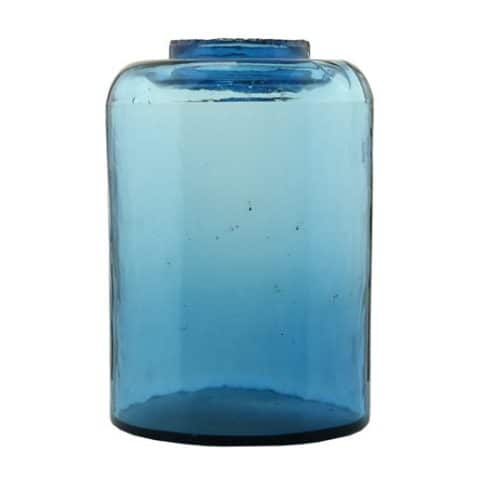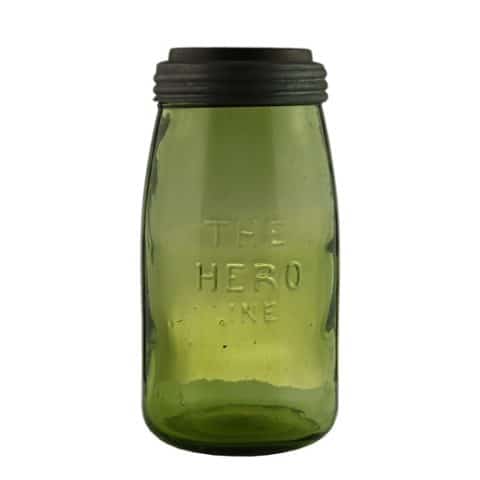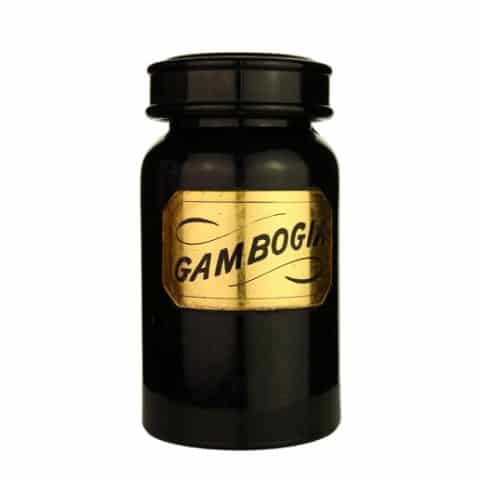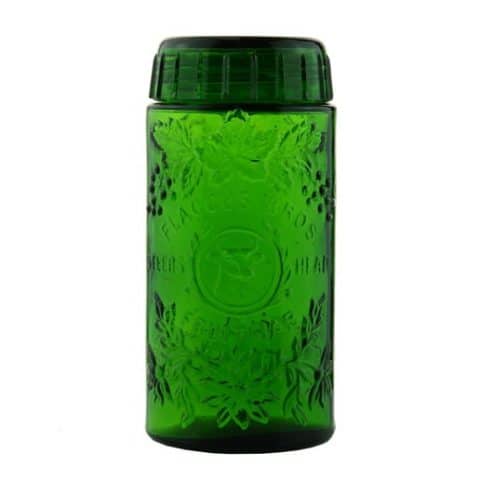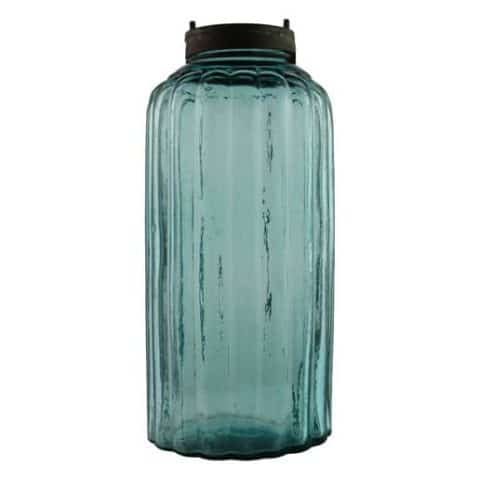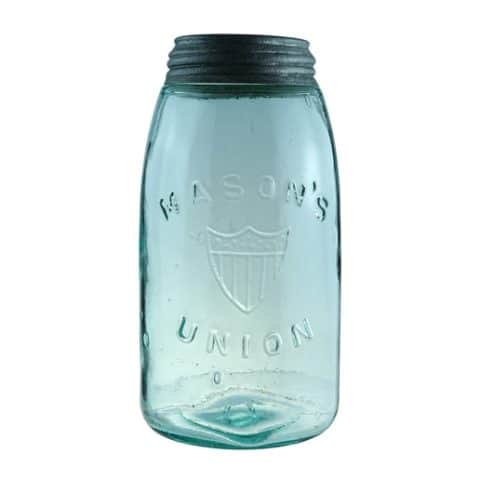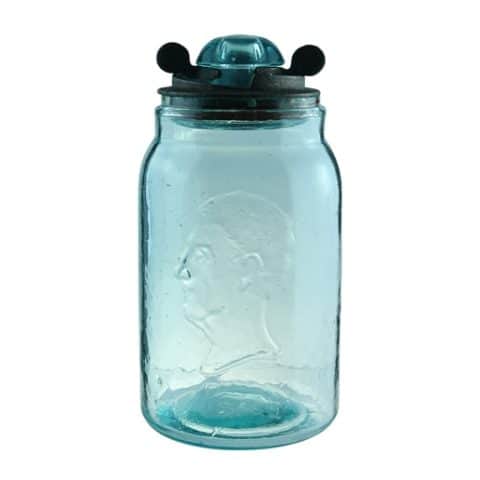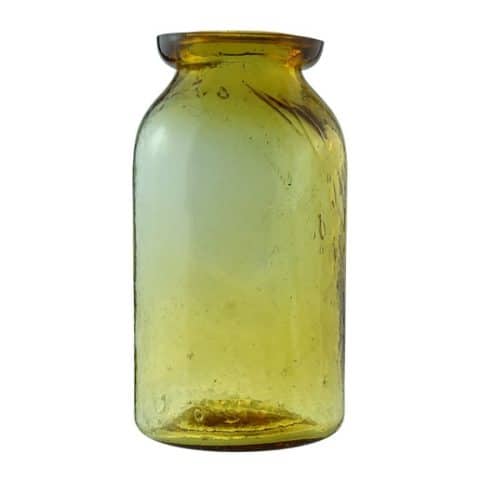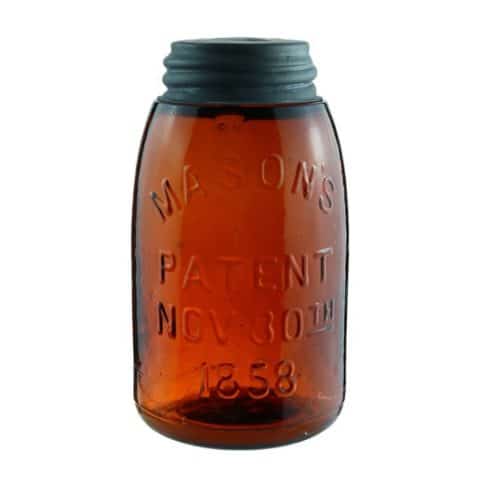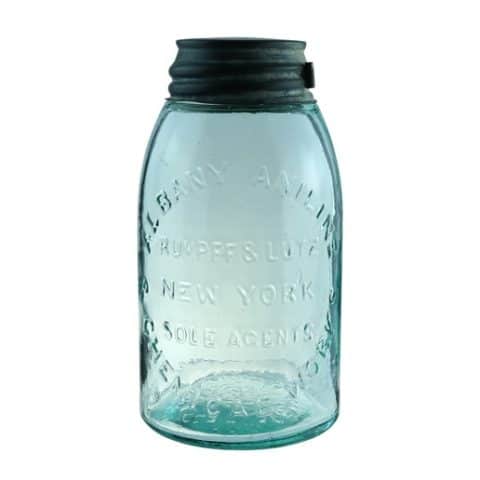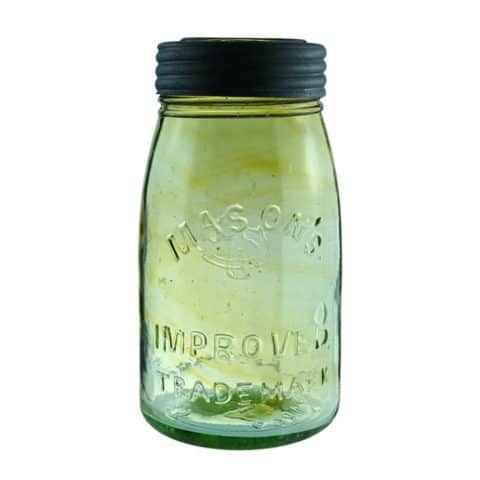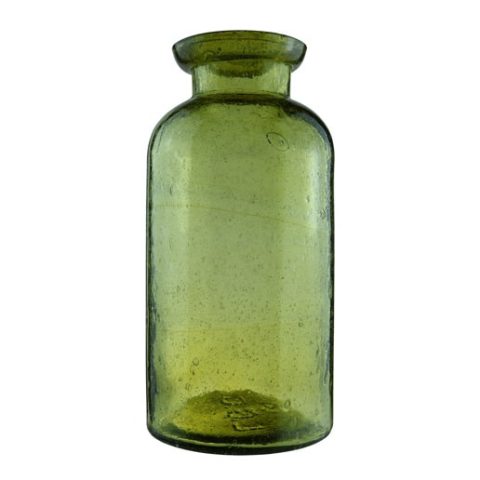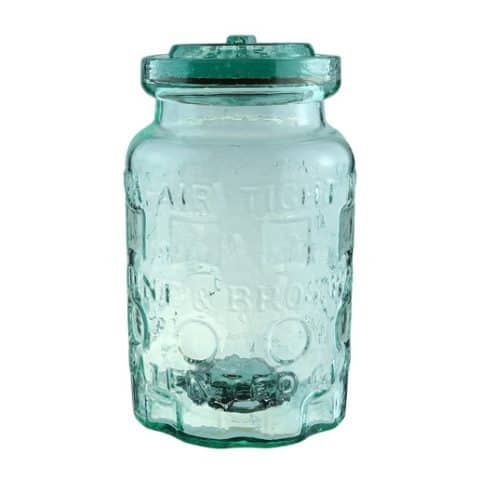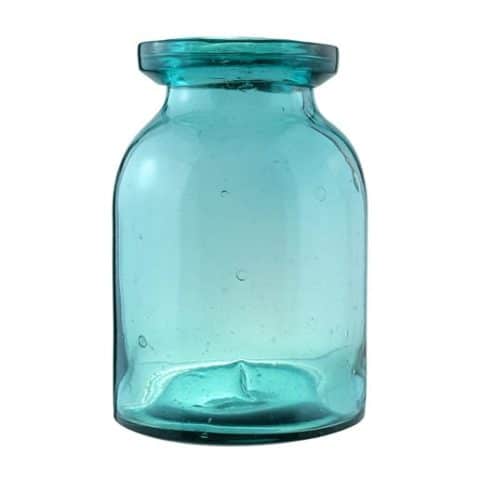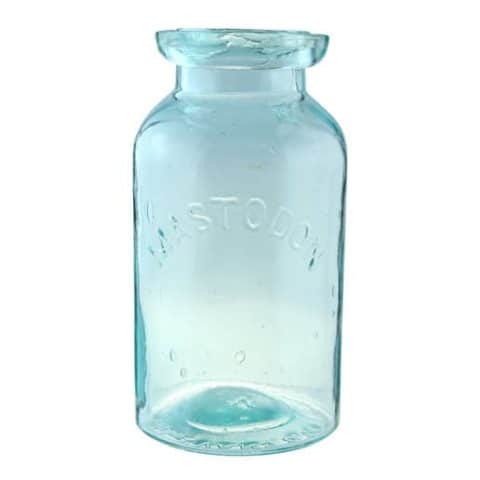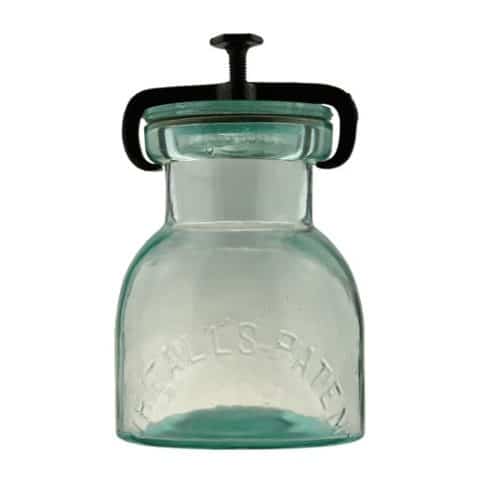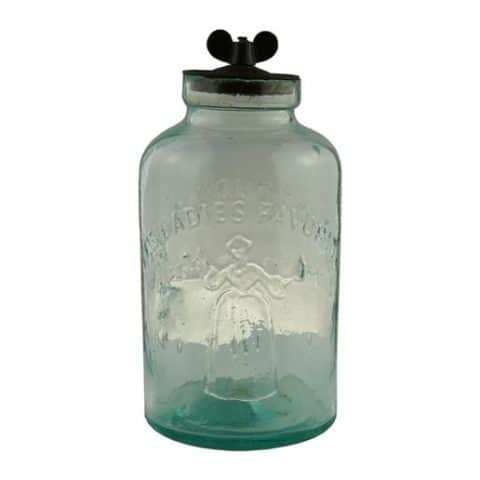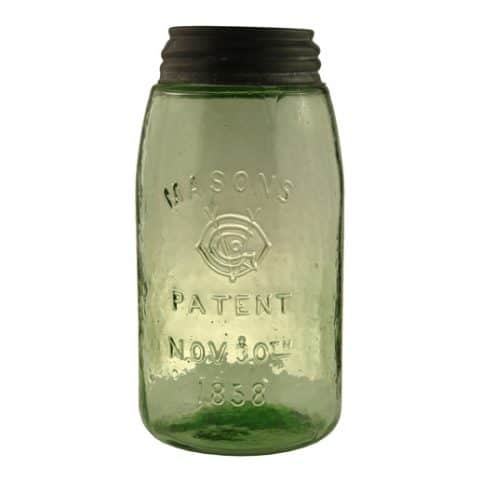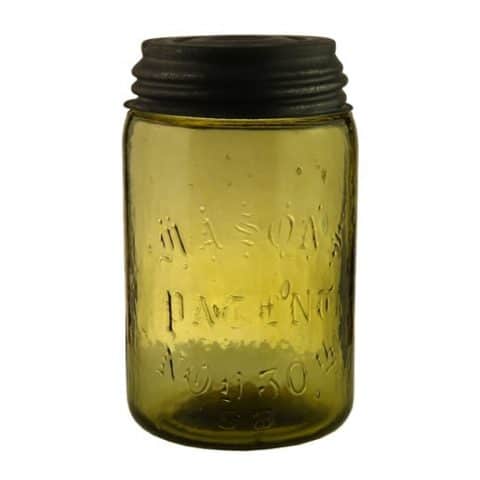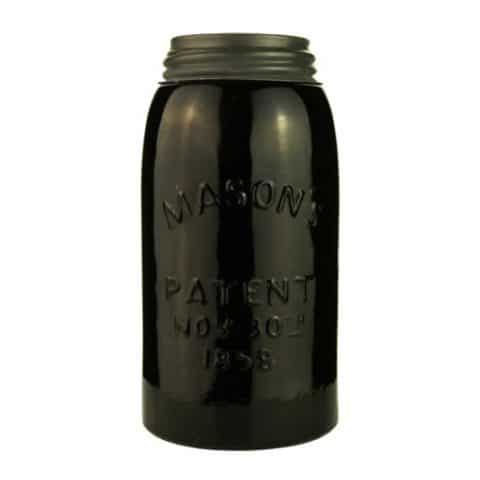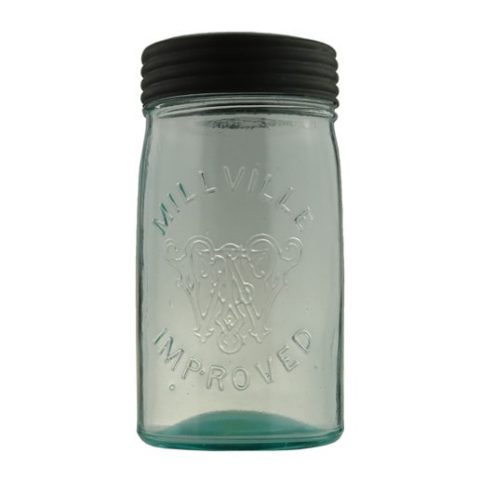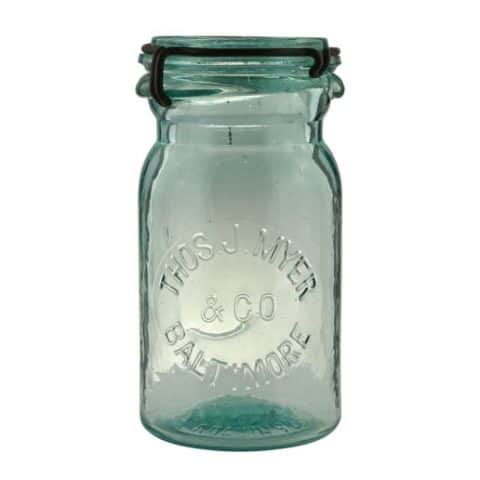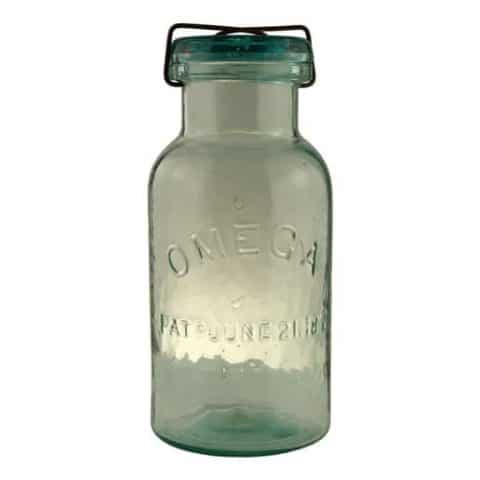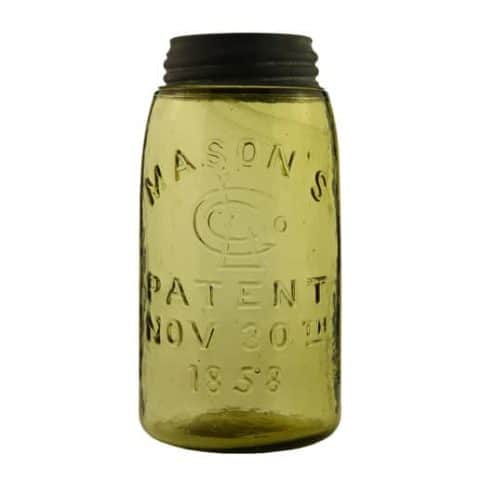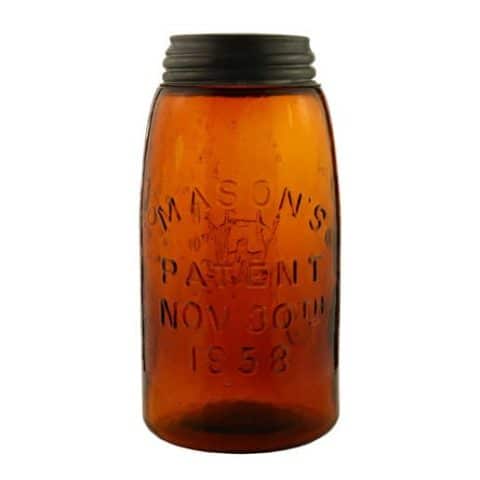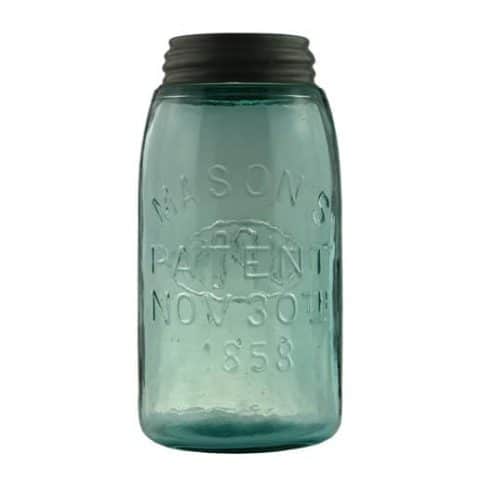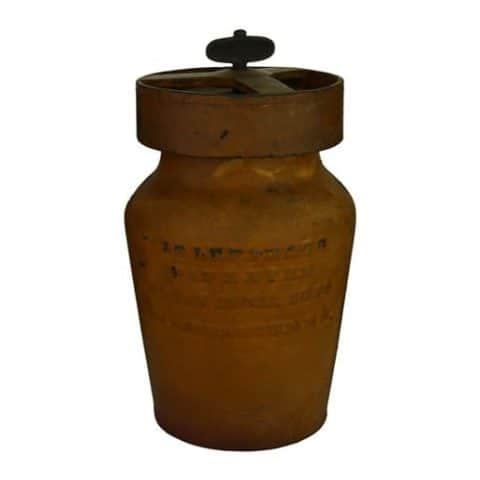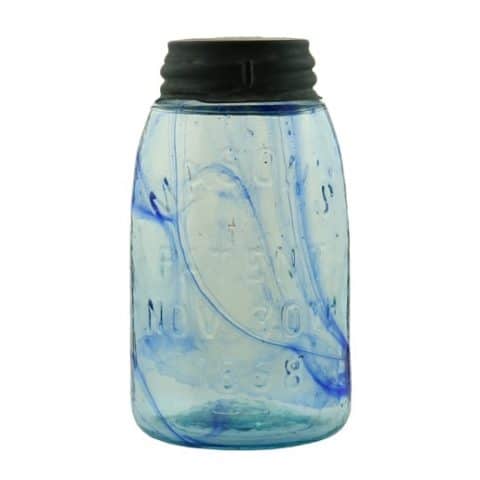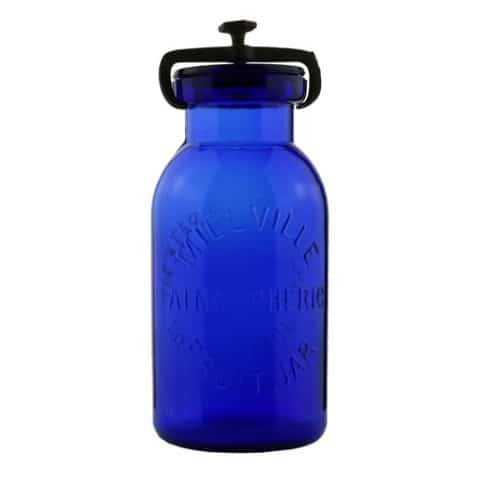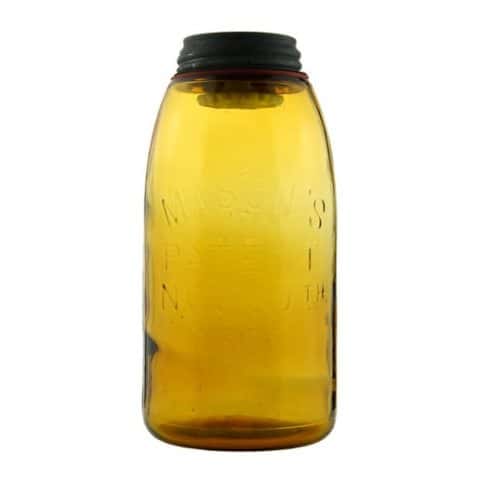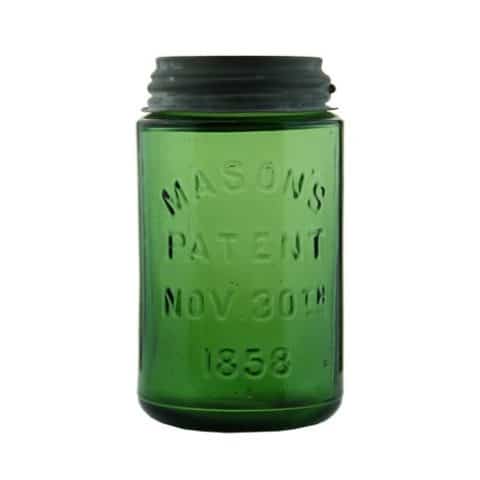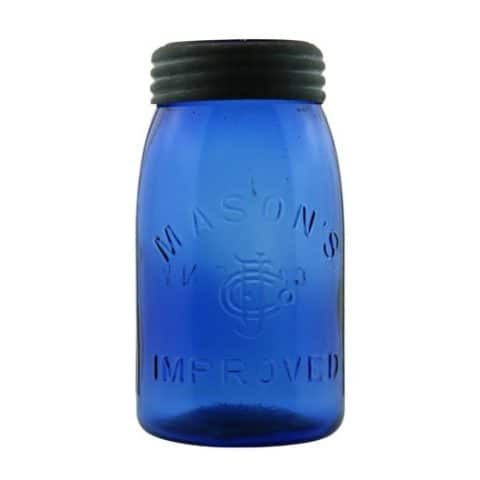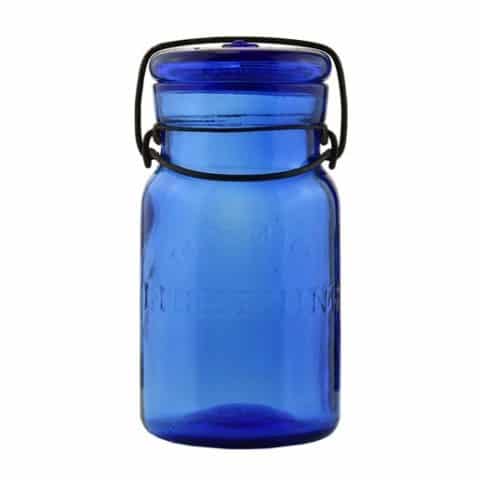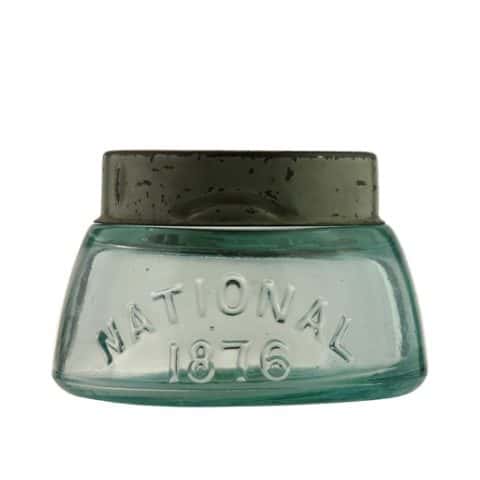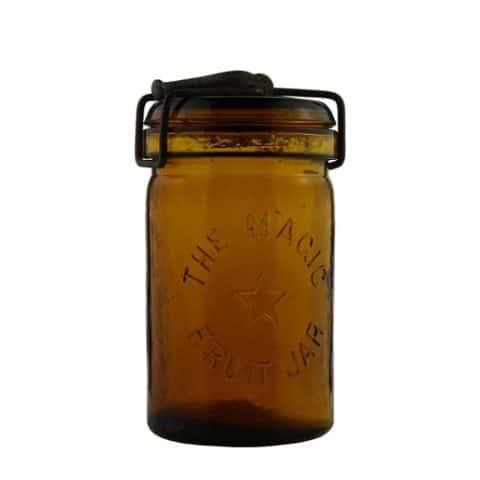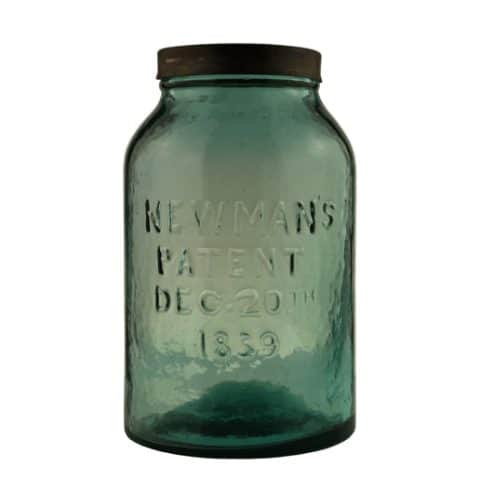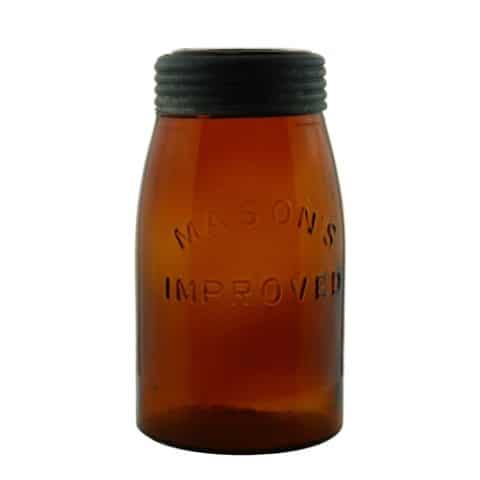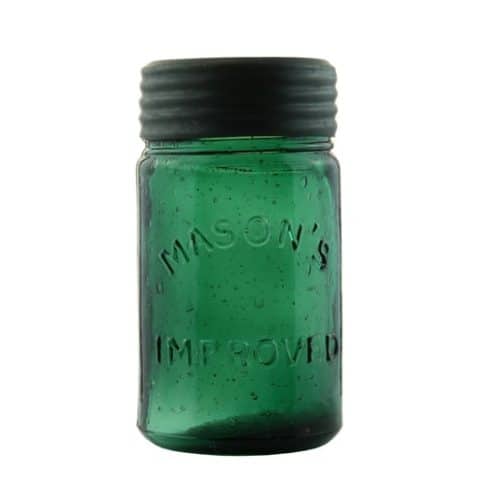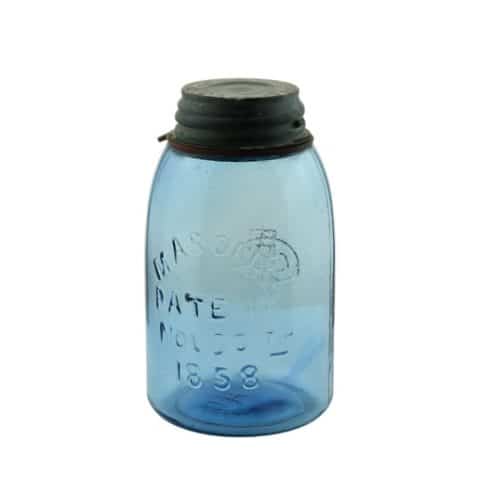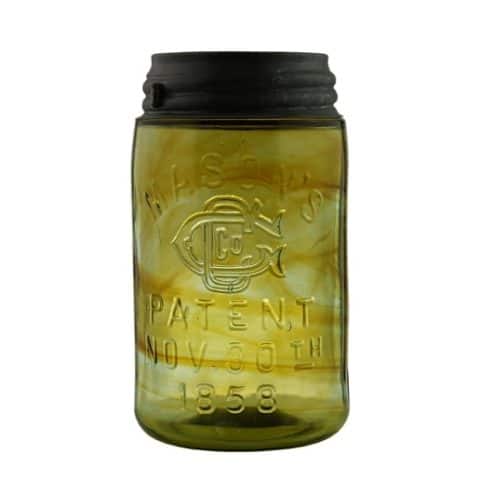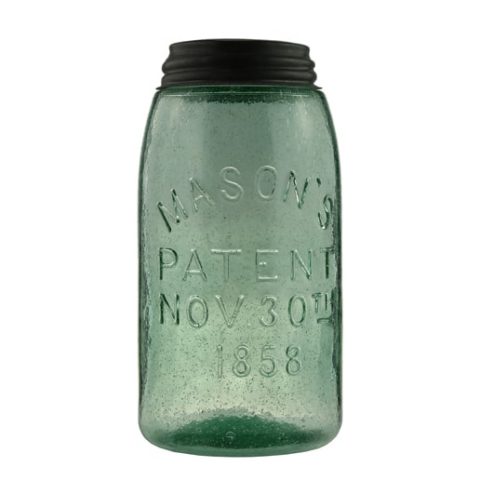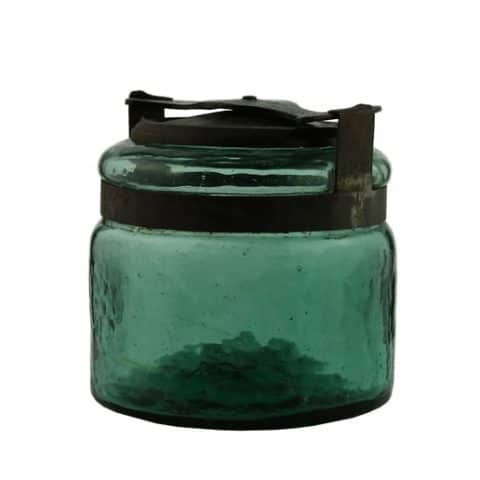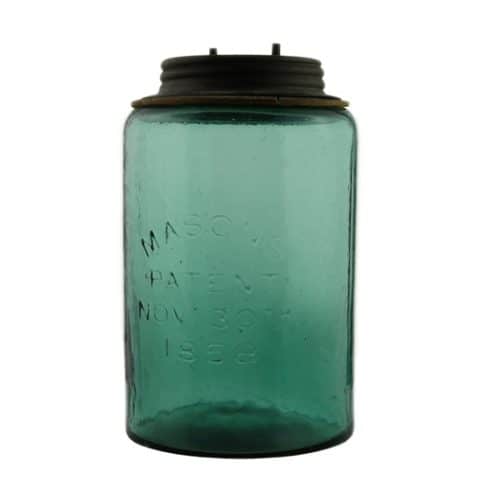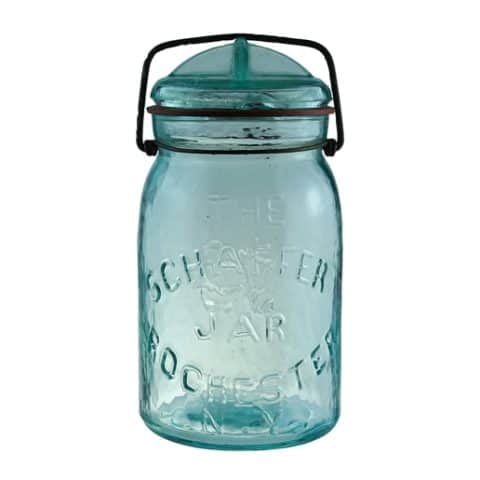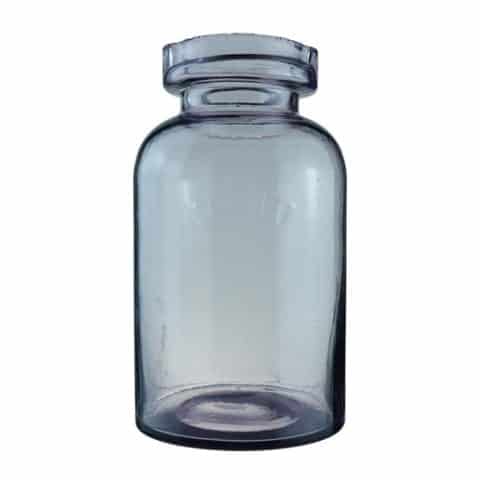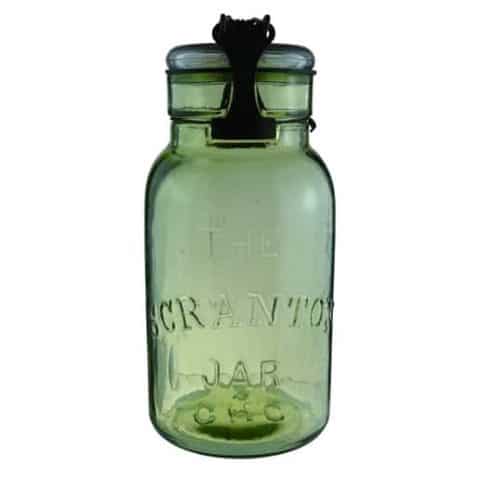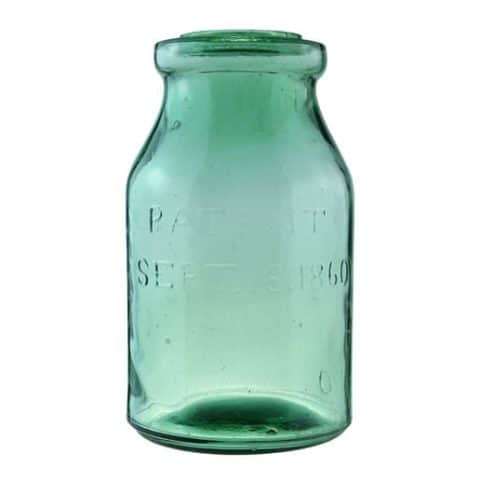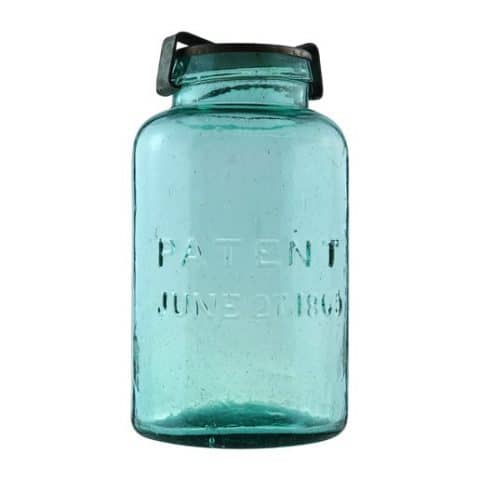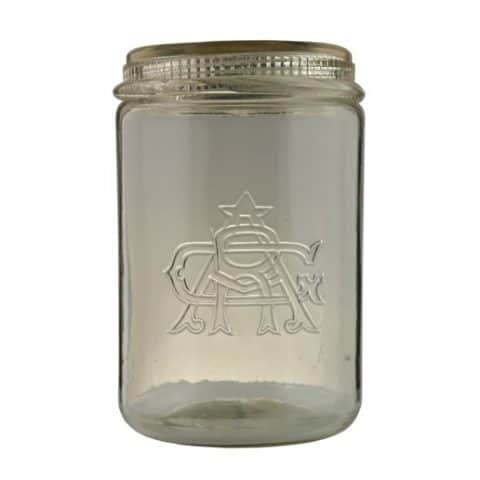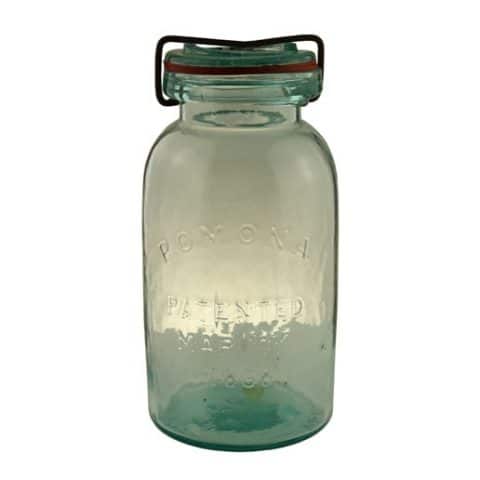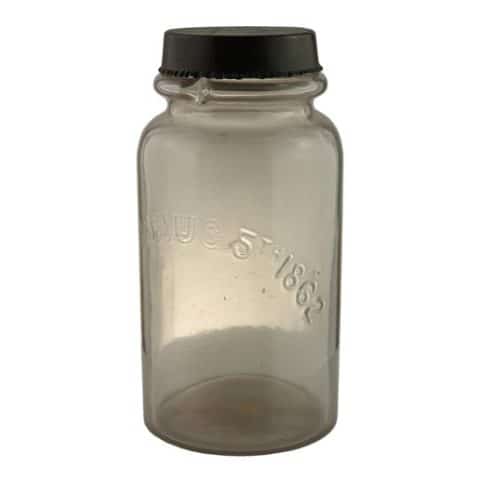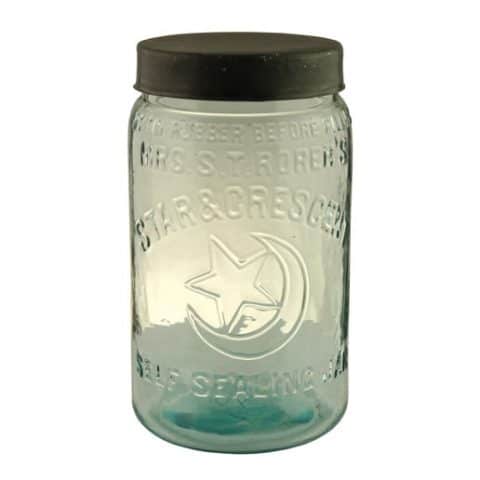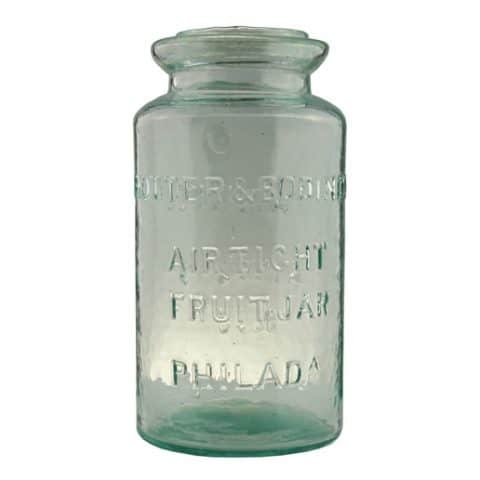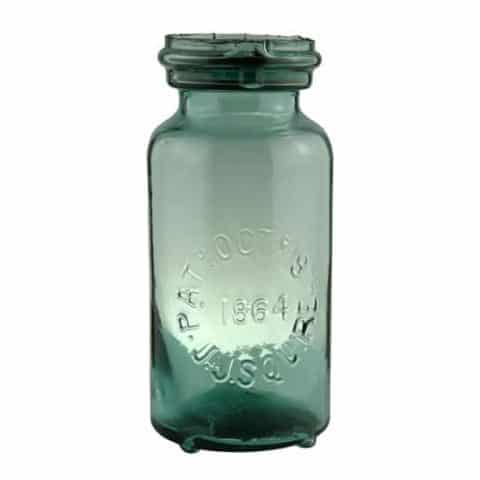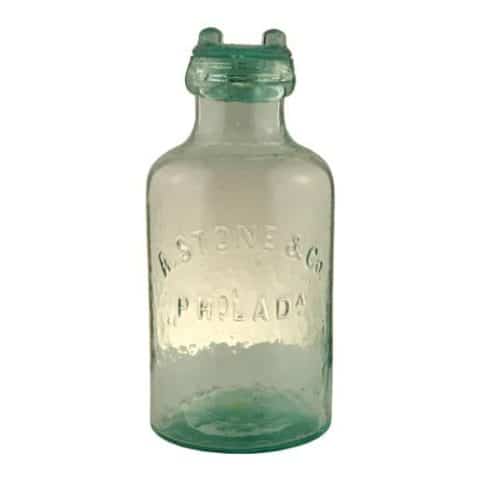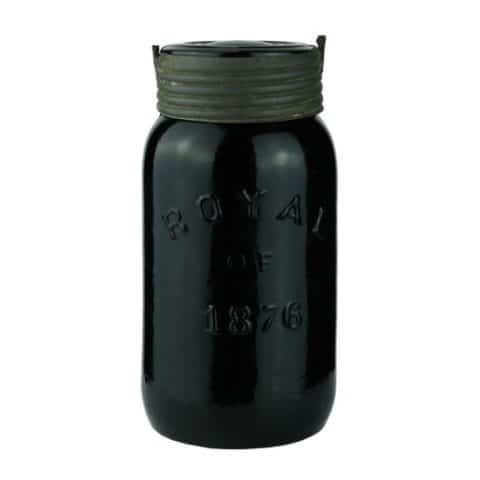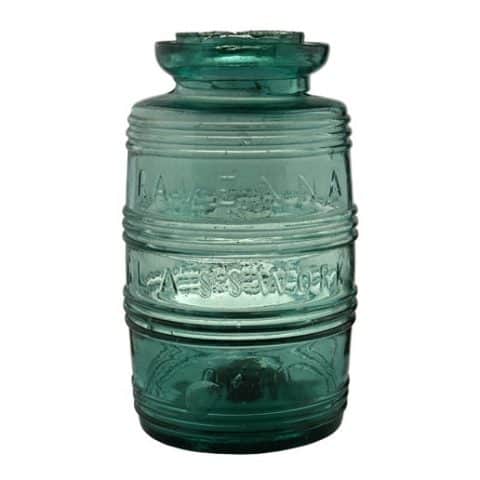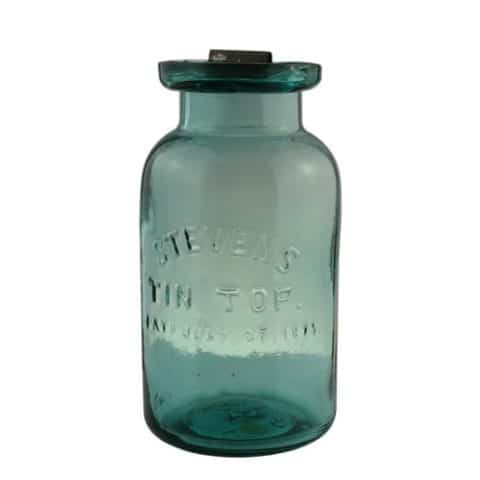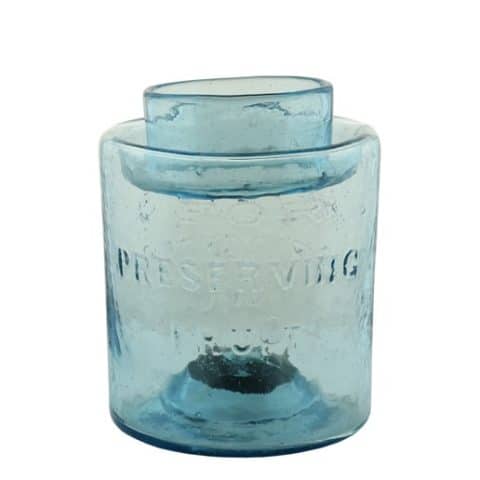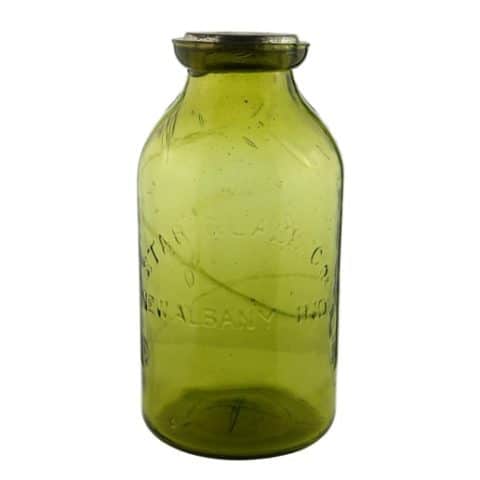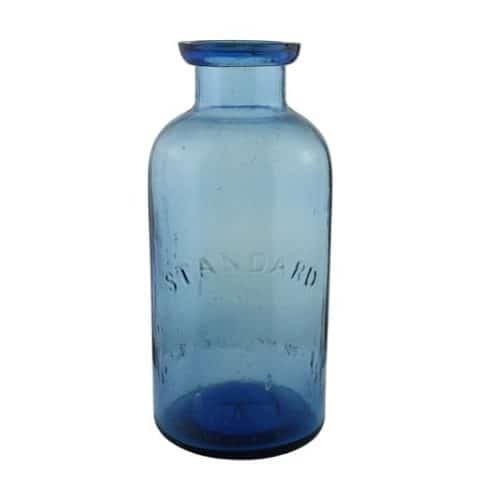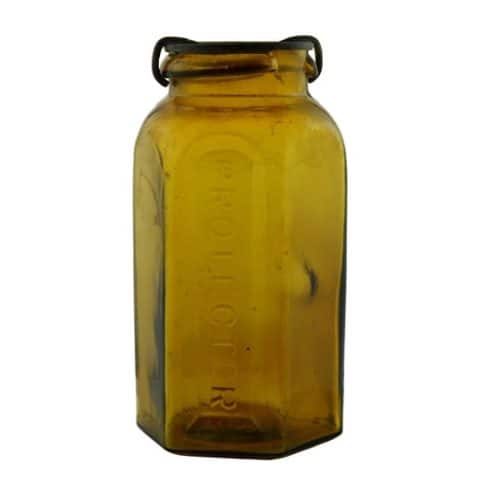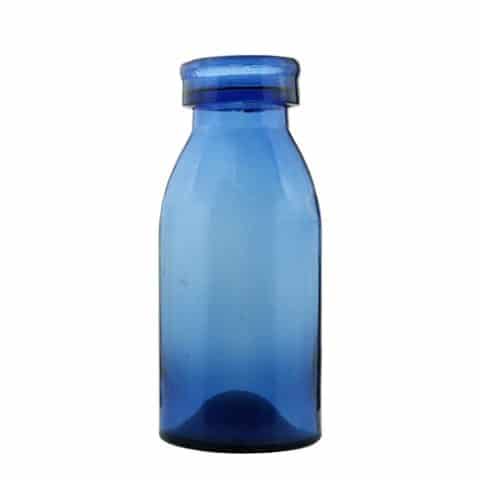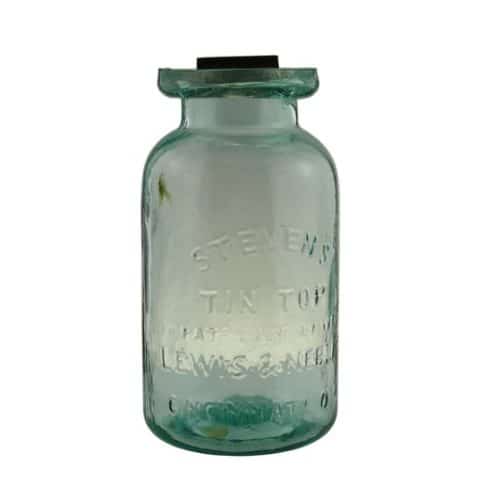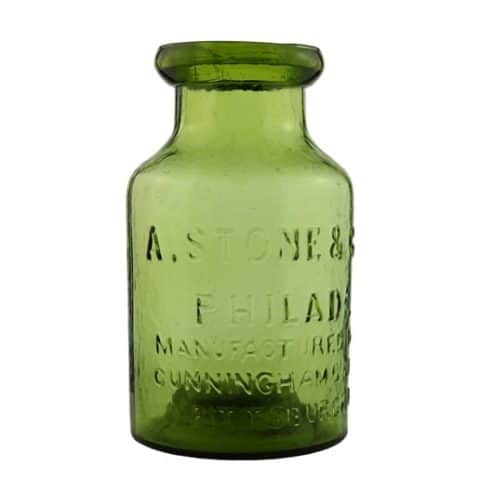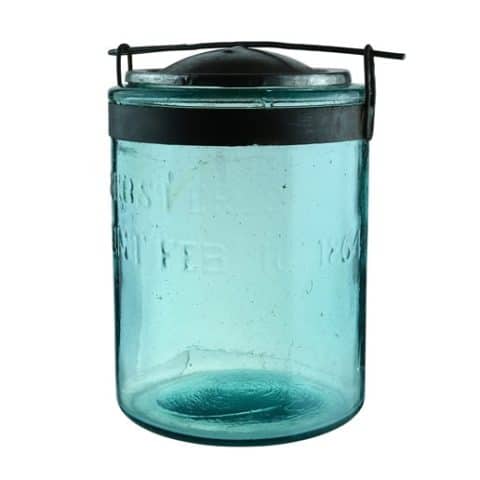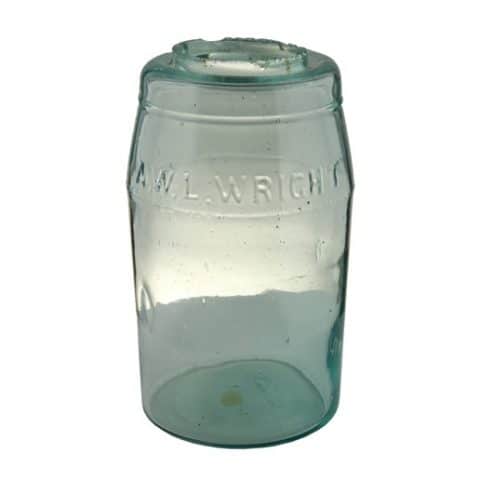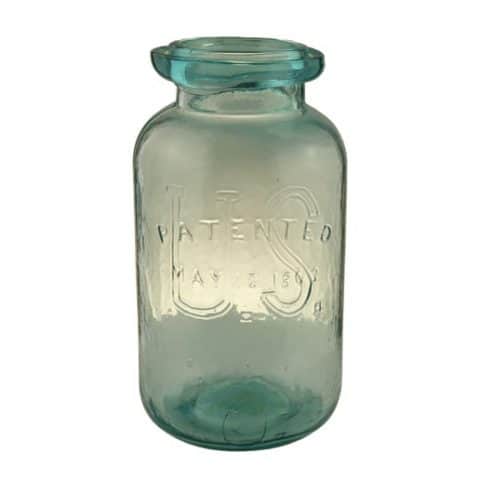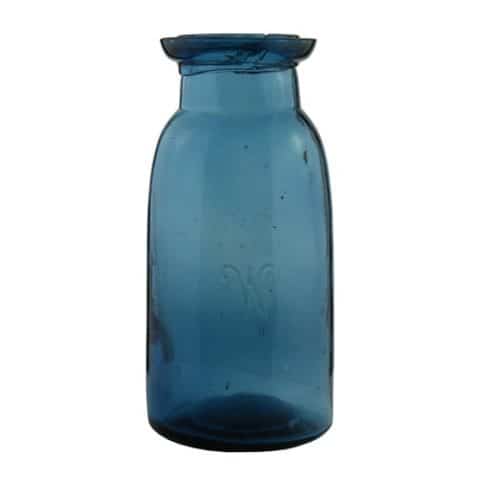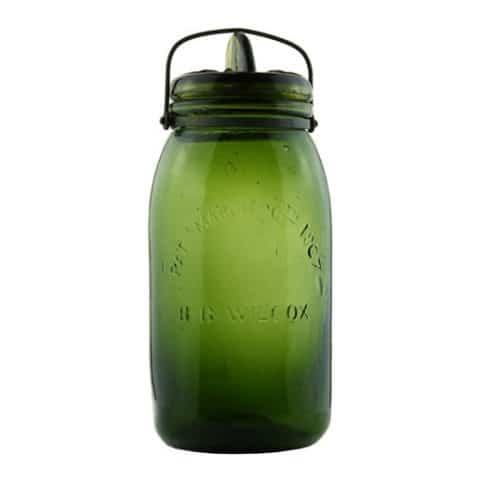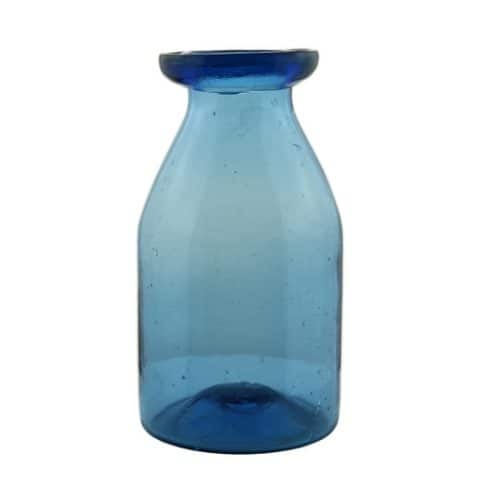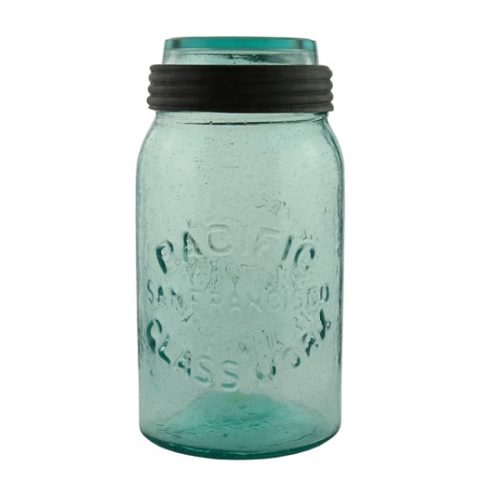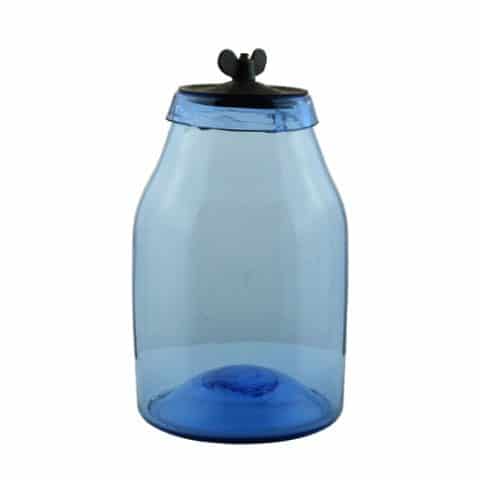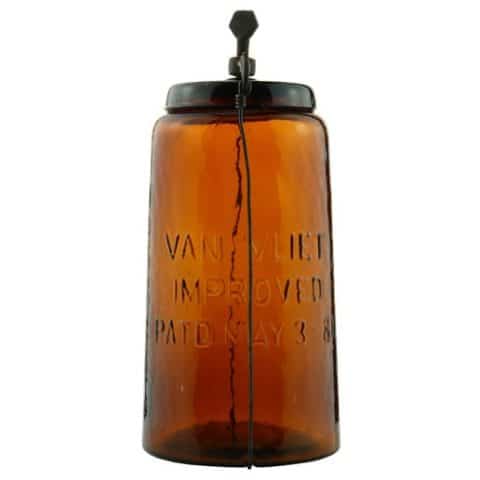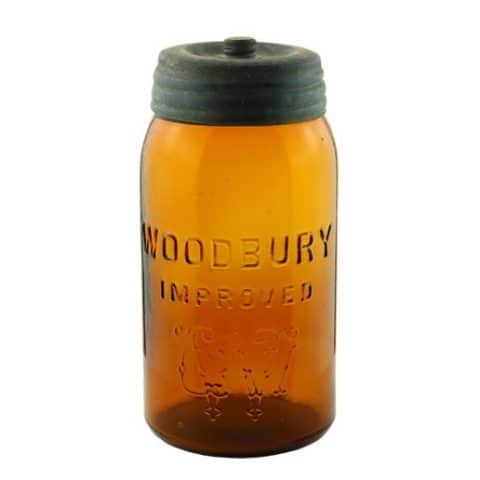Empire
Empire
King & Company, Birmingham, Pennsylvania Glassworks
Aquamarine Quart
Provenance: Phil Smith Collection
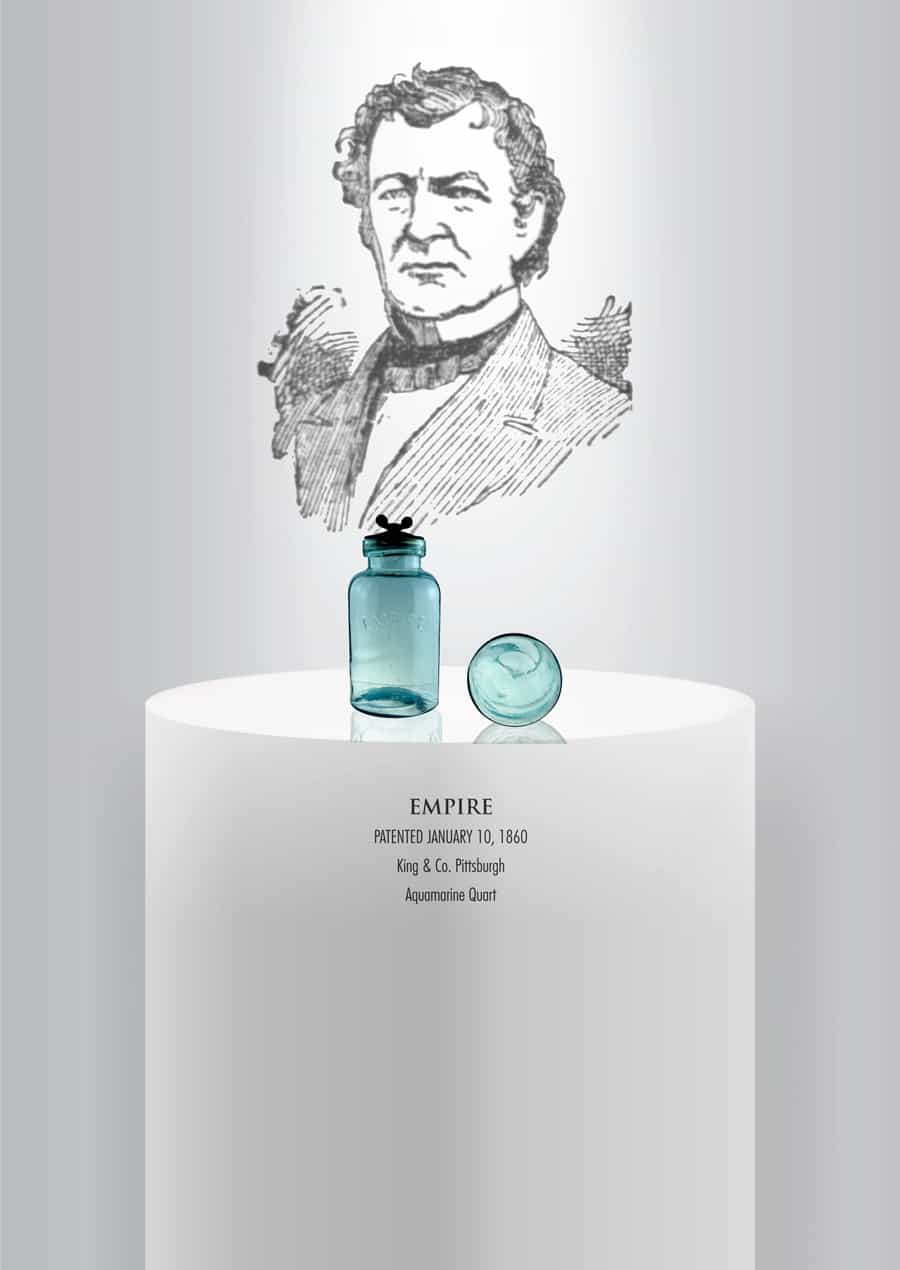
Our aquamarine quart jar is simply embossed ‘EMPIRE’ in a sans-serif shallow convex arch on the face of the jar, which is hand-blown, tooled, and has an applied collar. There is a pressed laid-on-ring stopper finish to take a Willoughby stopple. Most likely, King & Co. made the jar in the 1860s at their Birmingham (south Pittsburgh), Pennsylvania glassworks. There is a jar variation with an incomplete final “E” where the letter looks like a “C” and “EMPIRE” is peened out on the reverse.
See the museum example of a J. D. Willoughby jar.
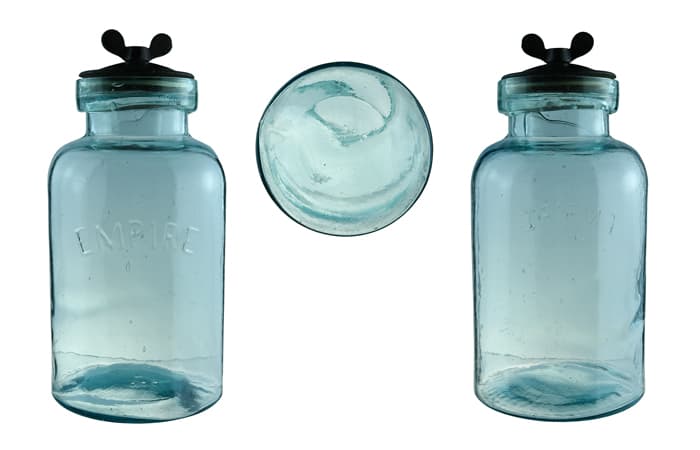
The closure is a stopple seal with a gasket compressed by two cast-iron disks and a wing nut sealed inside the jar mouth. The stopple is cast and reads, ‘PATENTED JANUARY 10, 1860 KING & CO. PITTSBURGH PA EMPIRE.’ The jar is very rare with the stopple and occasionally available without the stopple. Only a handful of original stopples have been reported. Half-gallon Empire jars are also available.
William P. Patton of Harrisburg, Pennsylvania, received Patent No. 26,820 for the stopper on January 10, 1860. He assigned half the patent to William Moyer. While the actual stopper was more dome-shaped than the patent drawing, it follows the same principle.
Alexander King
Alexander King was born in Milford County, Donegal, Ireland, in 1819. Of Scotch-Irish heritage, King came to America and spent three years working with a wholesale grocer in Baltimore. He would move to Pittsburgh in 1836 where his brother Robert Hays King, who ran Cash Insurance Company, came four years before him. King would go into partnership with John Watt to operate a grocery business. The business dissolved in 1844 and Alexander King would run newspaper advertisements with his name noting “Wholesale Grocer, Commission Merchant, and Dealer in Produce and Pittsburgh Manufactures, Liberty, opposite Hand street.”
King was integral to Pittsburgh’s early progress and did more for the advancement of the manufacture of glass than any other citizen of Western Pennsylvania. When he came to the young city, there were no houses above Smithfield Street. King made a profitable investment when the city was compelled, by an act of the Legislature, to redeem its scrip issued in 1844. The municipality was obliged to sell some of its property to redeem the scrip. Alexander King purchased several lots on 5th Avenue between Smithfield and Grant Streets, where he started his glassworks. He is known as the first glassmaker to introduce soda ash to manufacture glass in America. Glass was for a long time made from “scorchings,” which were used as an alkali, but the supply was minimal and hard to get. King had two cousins in Liverpool, England, who sent him 100 casks of soda ash. He tried it and found it a success.
William McCulley of Wm. McCulley& Co., also of Pittsburgh, owned the largest glassmaking factory in the United States. He refused to use the soda ash as he was afraid of spoiling the mix. Finally, King induced him to try a few casks, and McCully said it had a demoralizing effect on his men as they all got intoxicated and ruined the glass. However, soda ash prospered, and in a few years, thousands of tons were consumed annually.
The King Mansion is one of the most prominent landmarks in the East End, located just off the head of north Negley Avenue on Elgin Street. The original home was built in 1869 for general James Scott Negley on a 100-acre plot. In the 1870s, Alexander King and his wife Cordelia purchased the home. After the house burned in 1879, they rebuilt it in 1880 and named it Baywood, a 22-room second empire style house now a historic landmark.
Primary Image: The Empire jar imaged on location by Alan DeMaison, FOHBC Virtual Museum Midwest Studio
Support: Reference to Red Book #11, the Collector’s Guide to Old Fruit Jars by Douglas M. Leybourne, Jr.
Support: Reference to Fruit Jar Annual 2020 – The Guide to Collecting Fruit Jars by Jerome J. McCann
Support: Reference to Other E Marks by Bill Lockhart, Beau Schriever, Pete Schulz, Bill Lindsey, and Carol Serr
Join the FOHBC: The Virtual Museum is a project of the Federation of Historical Bottle Collectors (FOHBC). To become a member.

